We’ve been travelling around Latin America for quite some time and started to miss unhurried beach recreation. Thus we began to look for a place with a clean sea and warm weather to recover from Lima’s humid climate and the health problems associated with it.
Finally, we settled on the Dominican Republic, which is famous for its resorts and is not far from Peru. But this time we decided to break our habit of staying in the capital and preferred Bávaro—an area whose beaches are among the most beautiful ones in the world—to the capital of the country, Santo Domingo.
A few days later, we were leaving the airport, breathing in the hot tropical air, and couldn’t wait to explore a new country.
History of Dominican Republic
The Dominican Republic is located on the island of Hispaniola—which it shares with Haiti—and is one of the most popular resorts in the Caribbean Sea. The history of the country is interesting and even sort of unique. In pre-Columbian times, the island was inhabited by the native Taíno people, almost all of whom submitted to the Caribs—another group of indigenous immigrants—by the end of the 15th century.
In December 1492, Christopher Columbus arrived in Haiti with his first expedition. The explorer named the island La Española (Hispaniola) and built the fort of Navidad to seal Spanish rule over the new territories. The fort was later destroyed by the Indians.
In 1493, Columbus founded a new settlement called La Isabella on the east of the island. By the way, it was the first Spanish city in America. Three years later, his brother Bartholomew started the construction of Santo Domingo—the city that still exists and is the capital of the Dominican Republic.
In the early 16th century, sugar cane started to be grown on the island. Since captive Indians weren’t suitable for working on fields (they were too weak, and besides, the indigenous population decreased almost tenfold since the colonization), it was officially permitted to bring African slaves to Haiti. The decision made by the Spanish king had a huge impact on the future development of the country.
Over the following centuries, the Dominican Republic was a field of battles and military confrontations. Spain, France, England, and the USA competed for the territories. Bloody wars, migrations, revolutions, and constant slave rebellions led to a sharp reduction in the number of colonizers. Today over 80% of the Dominican Republic’s population are descendants of the Africans brought by planters.
In 1821, the territories of the present-day country became part of the Independent State of Spanish Haiti. 23 years later (in 1844), the Dominican Republic was declared independent from Haiti.
Up until the end of the 20th century, the country was going through constant government changes; one coup was followed by the other. That’s why different provinces of the Dominican Republic were developing separately. There were just no roads and direct access between different parts of the country. All this led not only to an economic crisis but also to the formation of separate reservations.
Over the last 30 years, the situation in the country became stable. It is still an agricultural country cultivating coffee, tobacco, and sugar cane.
But the country’s main source of income is tourism. Americans, Canadians, and citizens of other developed countries often choose Dominican beaches as their holiday destination.
Leisure and Walks with Kids
Using Airbnb, we rented a comfortable flat in a private dwelling complex with a large green area and a pool. The landlord met us at the airport, and we even managed to go to the shop and buy everything necessary on our way home. At first, we planned to spend 4 weeks in Bávaro, but then we booked the flat for another month.
First of all, we started to look for a babysitter. It turned out that there were lots of foreign downshifters in the Dominican Republic and they were open to new opportunities. We posted an ad in a Facebook group and got a reply from a guy very soon. We had never hired a man as a babysitter before, but the guy was very apt. He heard us out attentively, accepted our teaching methods, and quickly got along with Robert and Michael Jr.
He spent six hours a day with the boys. They played with him with pleasure, went for walks, had fun, while Helen and I could have a rest and deal with work and household issues.
We spent the rest of the time with our children ourselves. It turned out that there were almost no toys in local shops, and the ones that were present were sold at exorbitant prices. Thus we made crafts and toys ourselves and managed to make a construction set from plastic tubes and other materials at hand.
We chose to stay in a dwelling complex near the beach to be able to walk to the coast. However, after a few days, it became clear that it would be hard to live in the Dominican Republic without our own vehicle. There’s no pedestrian infrastructure on the streets at all. There were even no pavements, and local guys raced around recklessly on mopeds, so it was dangerous to walk along the side of the road, especially with children.
As for taxi services, we gave up the idea of using them quite quickly. During our very first ride, the driver asked for a price that was three times higher than the one we paid in other Latin American countries. Eventually, we managed to reduce the price, but we didn’t like the prospect of bargaining with drivers every time we took a ride.
That’s why we decided to rent a car. Michael Jr and Robert’s babysitter, who had been living in the Dominican Republic for quite a long time already, helped us find a suitable vehicle. The very following day, we met the owner and got the car keys. Compared to other countries, car rental is affordable here; it’s not difficult to get a good car for $600 a month even in the height of the tourist season; at other times, you can rent a car at half price.
We always preferred that the boys learn how to use “adult” objects under our supervision, in complete safety – rather than risk having them hurt themselves with something they don’t know how to use.
Once we got a car, our life became much simpler. We could easily explore the country, search for interesting places, entertainments for the children. It turned out that there were few playgrounds in the Dominican Republic, and they were equipped with almost nothing. The playgrounds often didn’t have swings, sandboxes, and other amusements for little kids. Paid entertainment complexes could be found only in shopping malls, and we visited them with Robert and Michael Jr from time to time.
We found a beautiful park near our house and often walked with the boys there. But most of the day we spent by the sea, because that’s what we came to the Dominican Republic for.
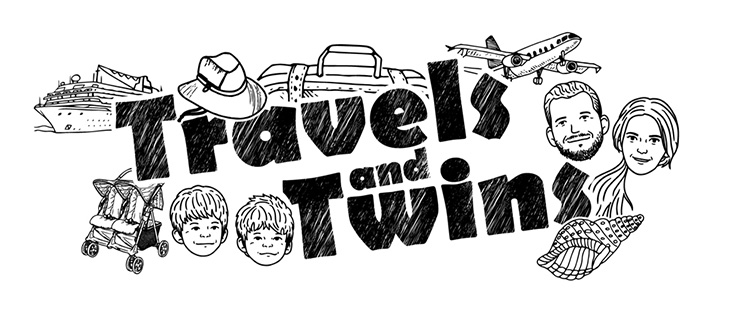
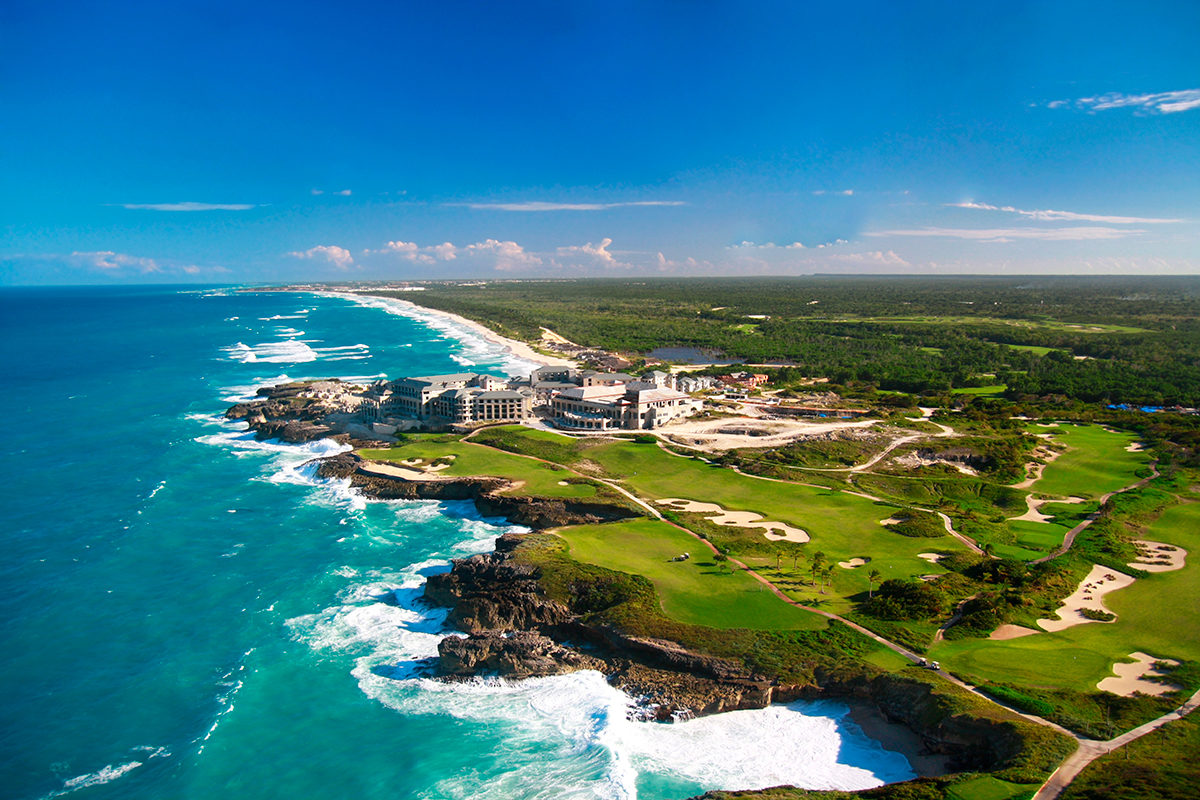
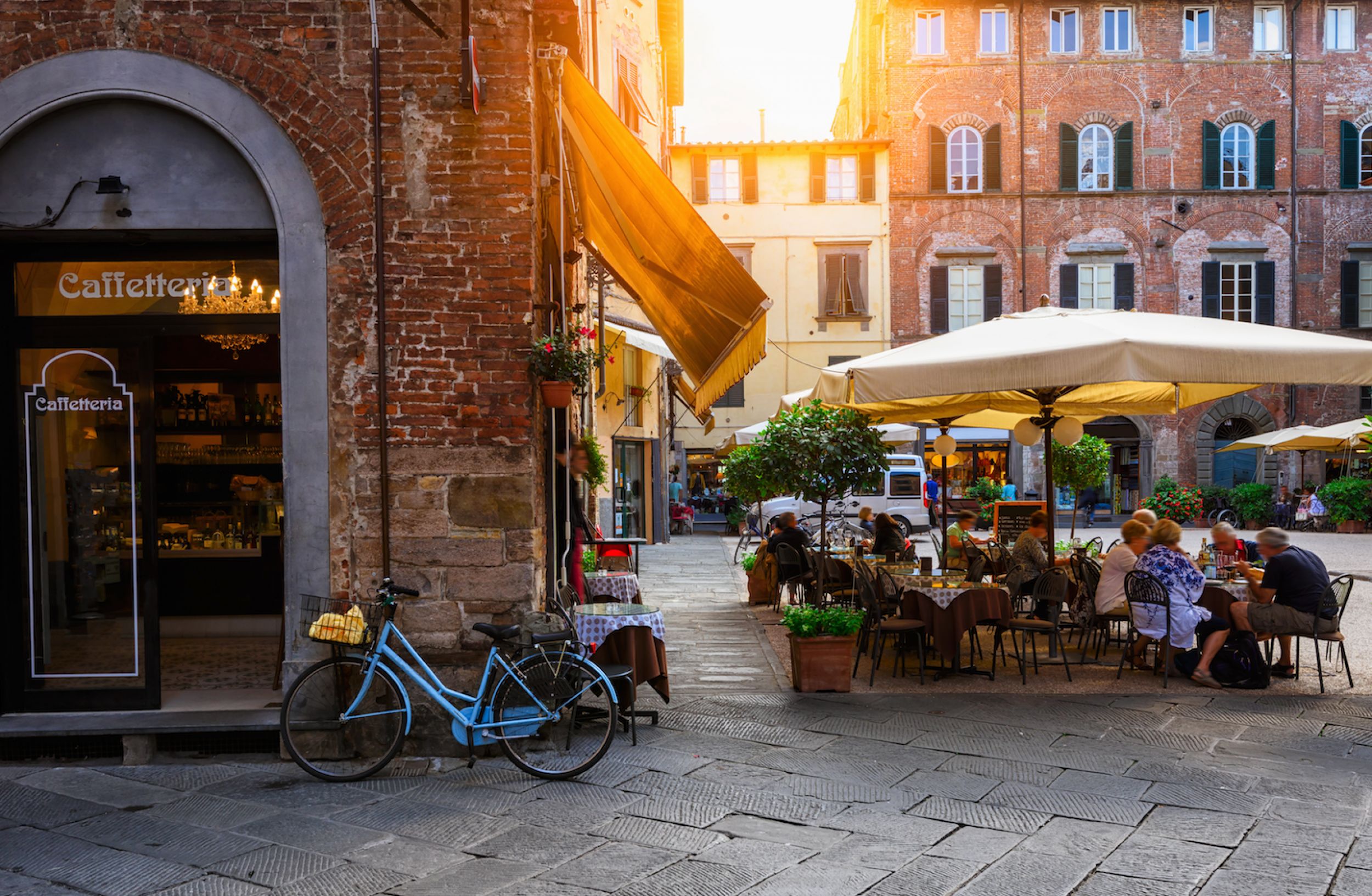
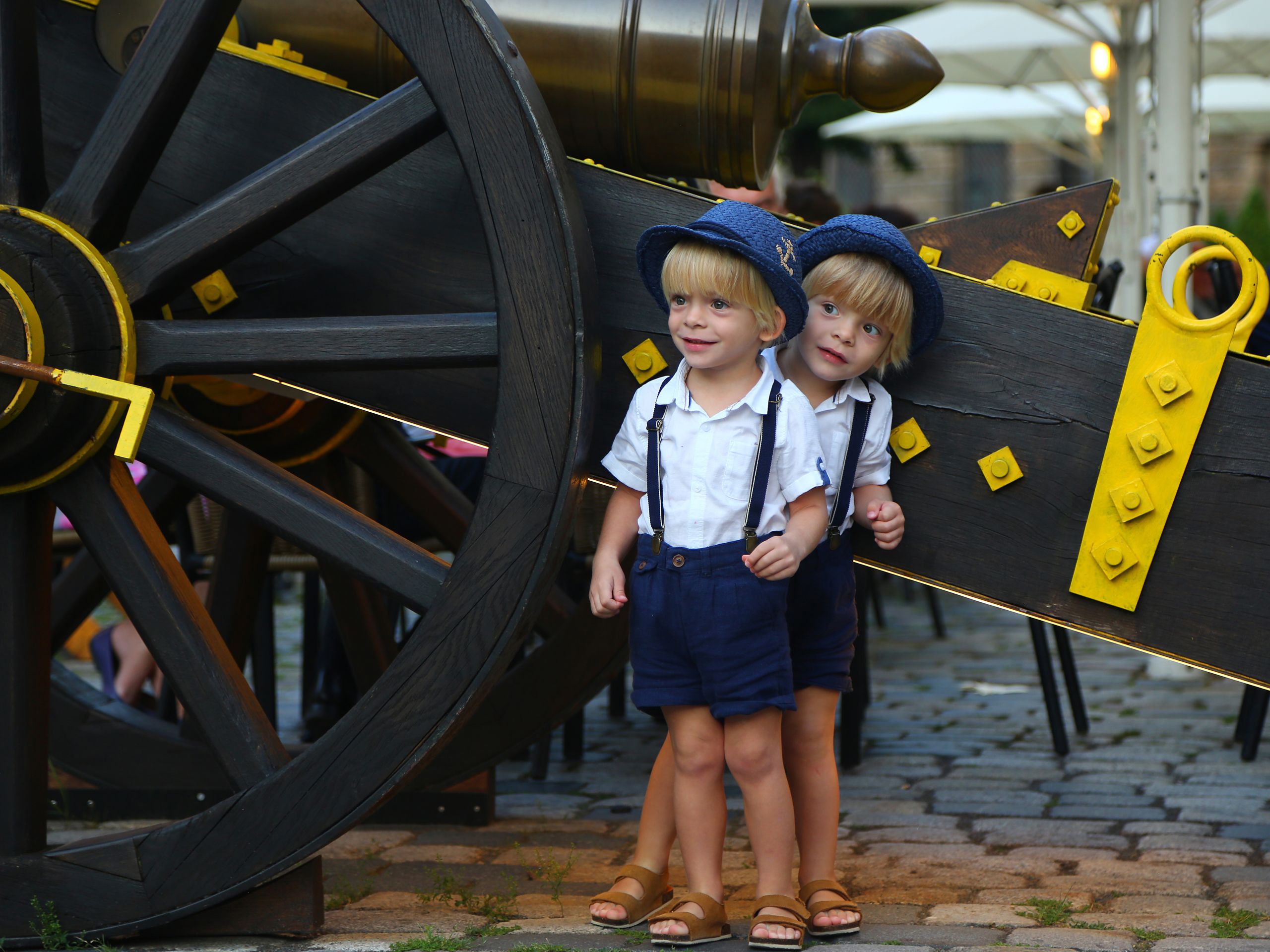
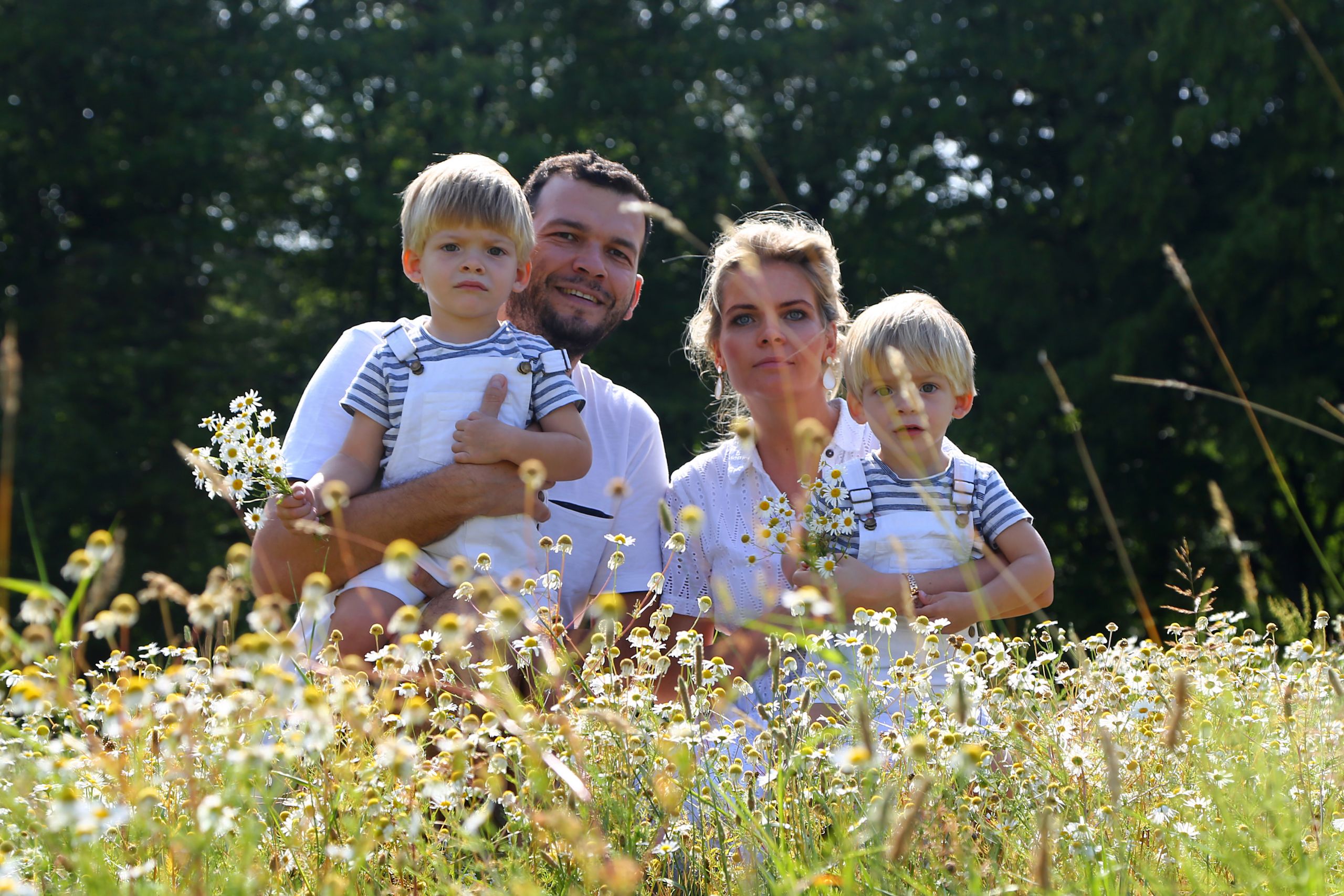
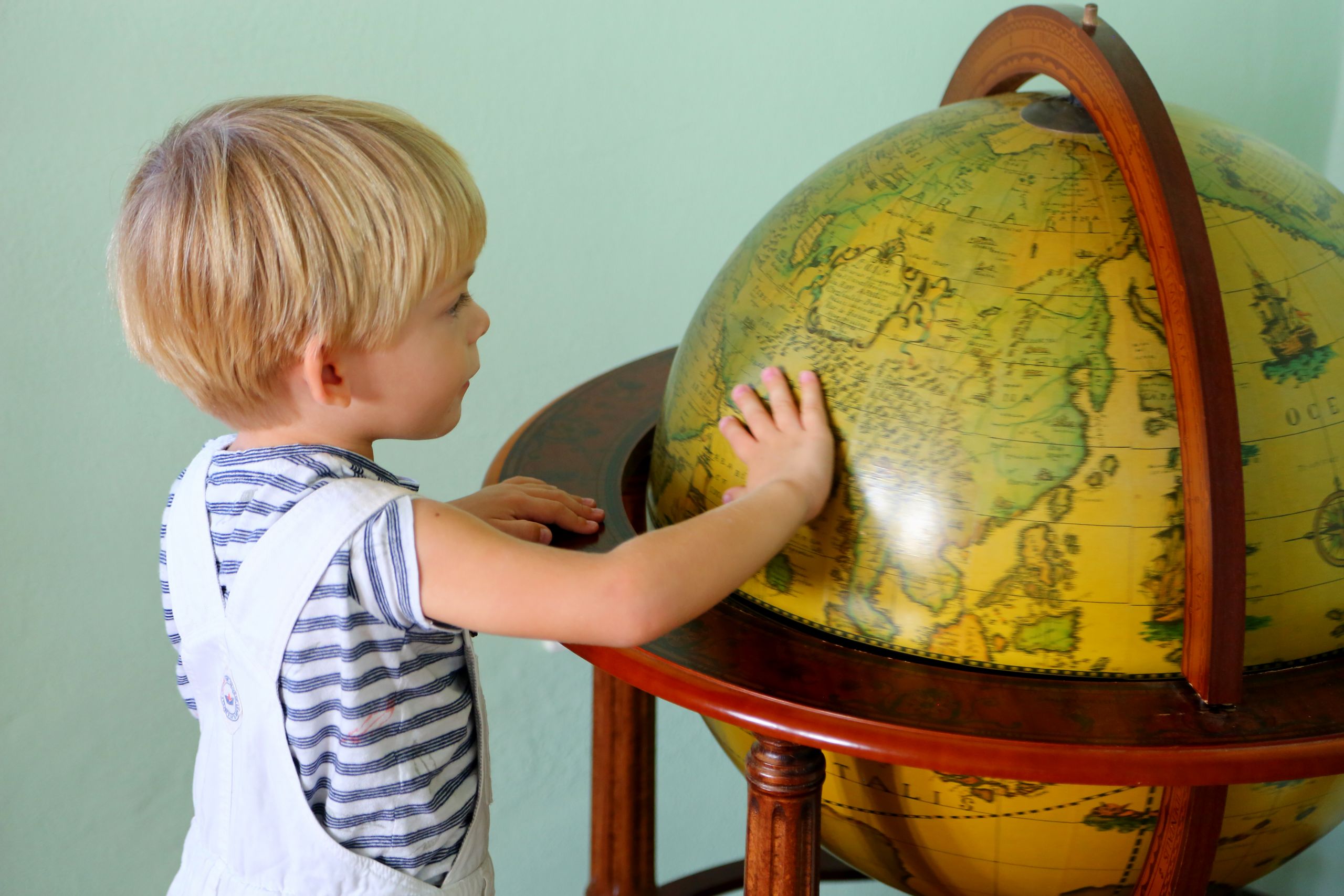
Leave A Comment